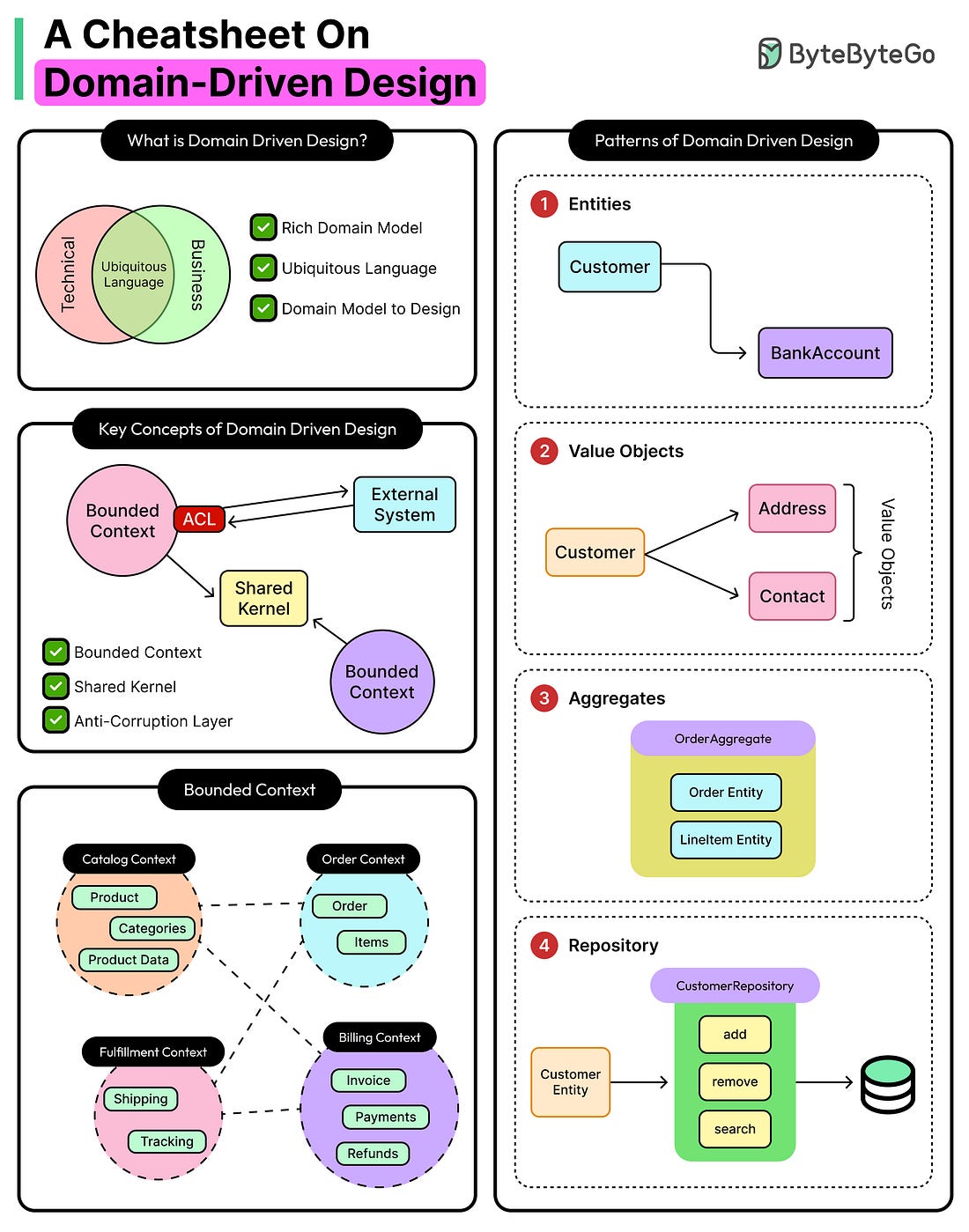- Mailing Lists
- in
- Engineering Trade-offs: Eventual Consistency in Practice
Archives
- By thread 5368
-
By date
- June 2021 10
- July 2021 6
- August 2021 20
- September 2021 21
- October 2021 48
- November 2021 40
- December 2021 23
- January 2022 46
- February 2022 80
- March 2022 109
- April 2022 100
- May 2022 97
- June 2022 105
- July 2022 82
- August 2022 95
- September 2022 103
- October 2022 117
- November 2022 115
- December 2022 102
- January 2023 88
- February 2023 90
- March 2023 116
- April 2023 97
- May 2023 159
- June 2023 145
- July 2023 120
- August 2023 90
- September 2023 102
- October 2023 106
- November 2023 100
- December 2023 74
- January 2024 75
- February 2024 75
- March 2024 78
- April 2024 74
- May 2024 108
- June 2024 98
- July 2024 116
- August 2024 134
- September 2024 130
- October 2024 141
- November 2024 171
- December 2024 115
- January 2025 216
- February 2025 140
- March 2025 220
- April 2025 233
- May 2025 239
- June 2025 303
- July 2025 181
Your invited! New Relic University - Observability Workshop Series
[LAST CHANCE] Virtual ticket for SLC Live Event
Engineering Trade-offs: Eventual Consistency in Practice
Engineering Trade-offs: Eventual Consistency in Practice
Latest articlesIf you’re not a subscriber, here’s what you missed this month.
To receive all the full articles and support ByteByteGo, consider subscribing: Imagine a ride-sharing app that shows a driver’s location with a few seconds of delay. Now, imagine if the entire app refused to show anything until every backend service agreed on the perfect current location. No movement, no updates, just a spinning wheel. That’s what would happen if strong consistency were always preferred in a distributed system. Modern applications (social feeds, marketplaces, logistics platforms) don’t run on a single database or monolithic backend anymore. They run on event-driven, distributed systems. Services publish and react to events. Data flows asynchronously, and components update independently. This decoupling unlocks flexibility, scalability, and resilience. However, it also means consistency is no longer immediate or guaranteed. This is where eventual consistency becomes important. Some examples are as follows:
These aren’t bugs but trade-offs. Eventual consistency lets each component do its job independently, then reconcile later. It prioritizes availability and responsiveness over immediate agreement. This article explores what it means to build with eventual consistency in an event-driven world. It breaks down how to deal with out-of-order events and how to design systems that can handle delays. What is Eventual Consistency?... Continue reading this post for free in the Substack app© 2025 ByteByteGo |
by "ByteByteGo" <bytebytego@substack.com> - 11:37 - 15 May 2025

